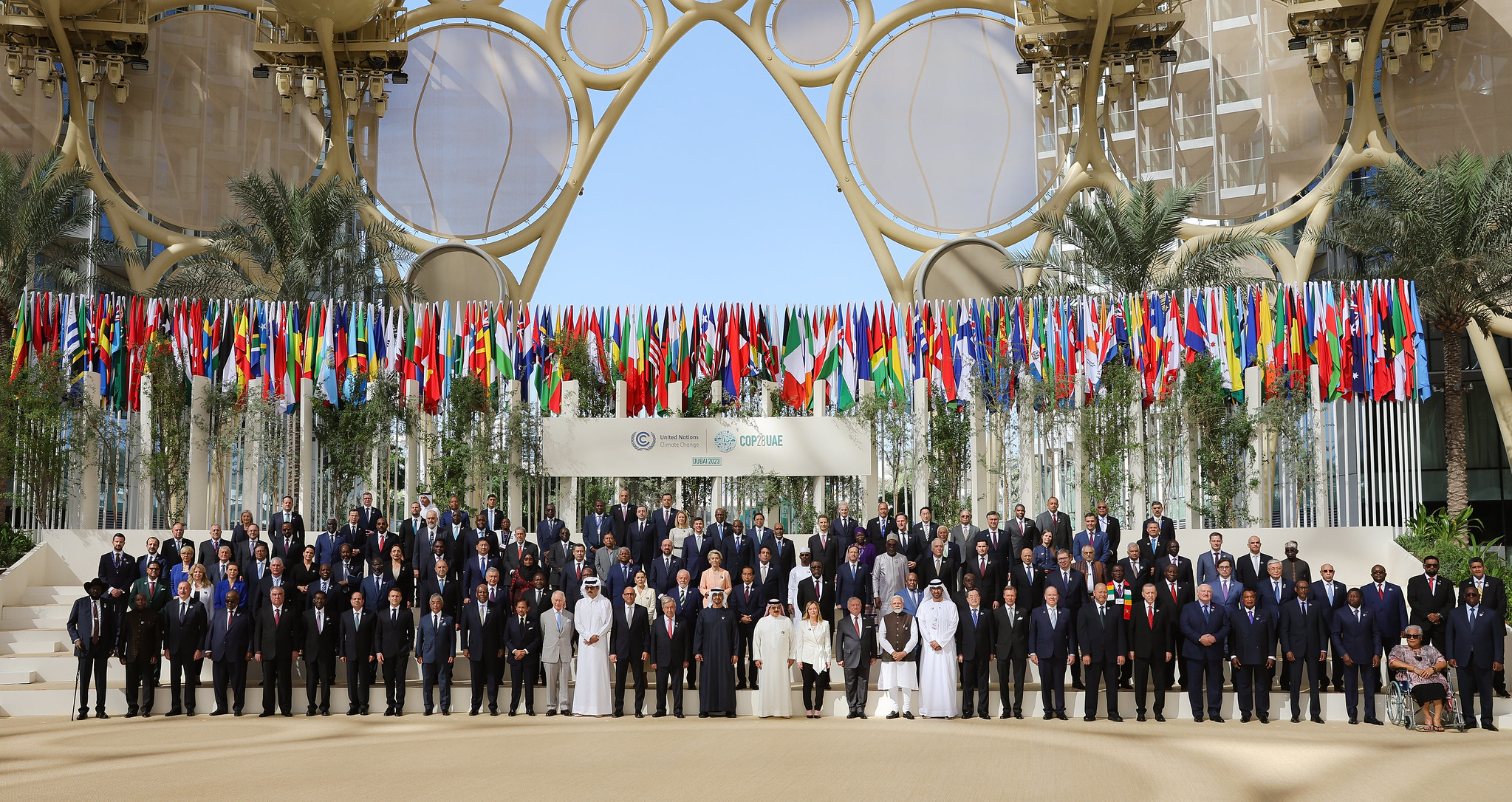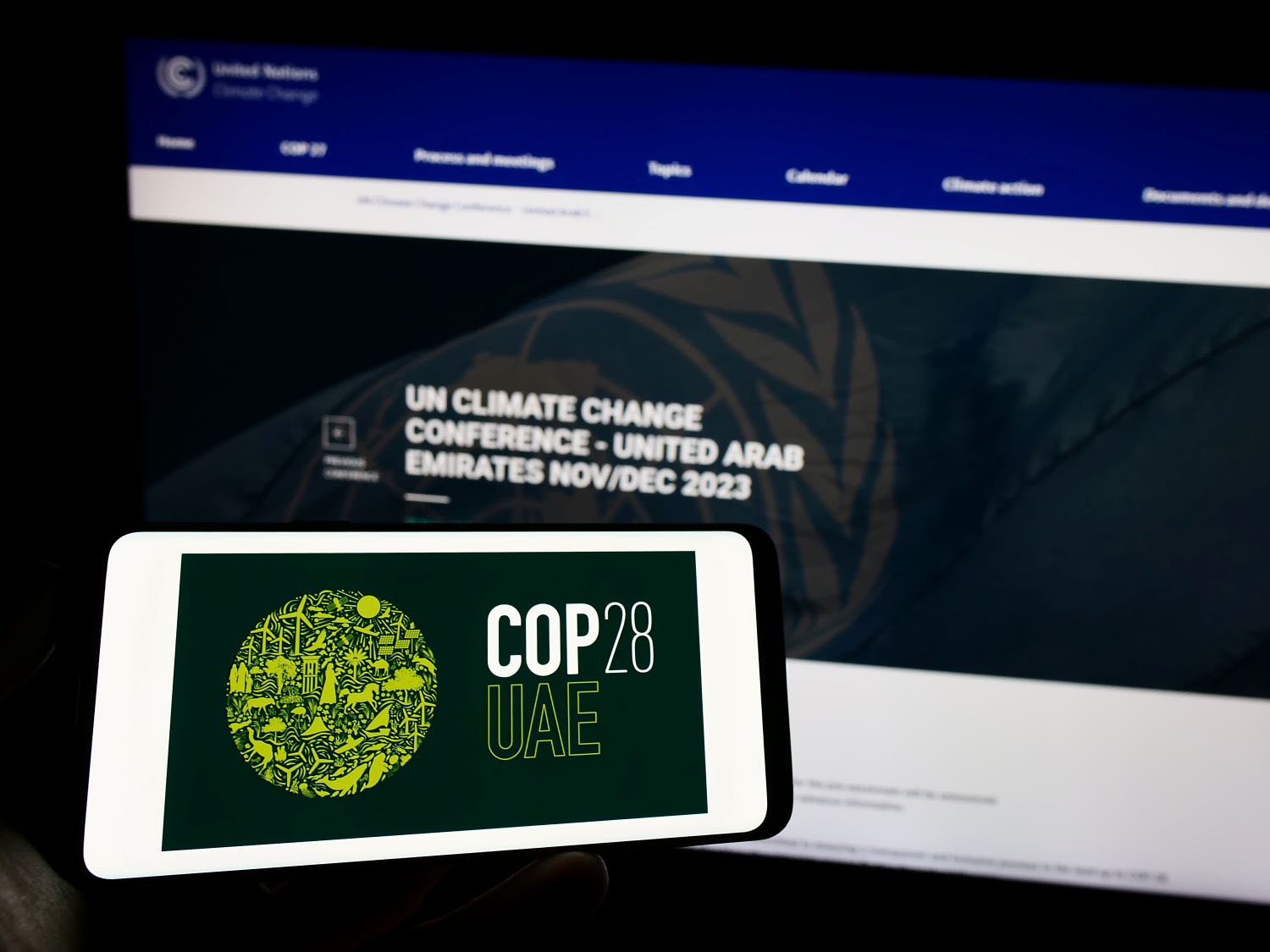Lant Pritchett is again attacking “kinky development” for skewing goals toward minimal provision for the poor rather than broader economic development. Lant’s rant is that defining the poverty line at $1 per day is “egregiously paternalistic” if true poverty is really closer to $10 or maybe $15 per day. He worries about the wrong goal leading to all kinds of misplaced resources.
Lant’s critique resonates in the energy field, too. Energy wonks will gather in New York City on April 3 for the third annual Sustainable Energy for All (SE4All) forum to discuss progress on SDG7, whose aim is “By 2030, [to] ensure universal access to affordable, reliable and modern energy services.” The target is wonderful. The details are where this gets a little kinky.
One of the principal SE4All trackers is a tool developed and managed at the World Bank, the multi-tier framework (MTF) for measuring access to household electricity supply. The next round of the MTF will be launched at the forum.
We’ll start with the positive, which is right there in the MTF’s title: it’s multi-tier. This is much better than a binary 0-1 of energy access, such as counting physical connections or the current IEA standard which defines “modern energy access” as an estimate of the percentage of people with annual consumption above 100 kWh/person for urbanites and 50kWh for rural citizens. The MTF is also tracking attributes of energy delivery such as reliability and affordability. Most importantly, the MTF is a vast improvement because the tiers imply moving up an energy ladder. The MTF suggests that getting a lightbulb is not a simple goal itself, but rather one step up toward higher energy services.

Despite these improvements, there are (at least) three big shortcomings of the MTF for household electricity.
-
The middle tiers are misleadingly low. The tiers are deceptive in scale. Tier 3, for example, is right in the middle and labeled “medium power,” but is nothing of the sort. Reaching Tier 3 is equivalent to 73 kWh/person/year (calculated at (1 kWh/day x 365 days)/5 people per household). But 73 kWh/year is barely enough to power lights and a phone charger, while a single family refrigerator needs 300-500 kWh. Practical Action, a well-regarded NGO, is pushing for Tier 3 to be the global minimum standard for rural electrification, while acknowledging this is not even enough to meet three-quarters of the household needs of the rural poor (see graphic).

Indeed, elsewhere, the World Bank has called this low level of energy “subsistence consumption,” a much more appropriate label. Our 2016 CGD report on energy access, More than a Lightbulb, proposed re-naming the IEA’s 100kWh threshold as an “extreme energy poverty line.” So… Tier 3 is not really medium power in any meaningful way.
- The top tier is nowhere near the top—and thus also misleading. Tier 5, defined as “very high power” and the highest level of access in the MTF, is a minimum of about 600 kWh/person/year. Yet, there is no high-income country in the world—in the entire world—with average energy consumption below 5,000 kWh/person/year. The US average is 13,000 kWh. The 600kWh level is thus orders of magnitude below anything approaching the energy needs of a person living a high energy modern life and using typical modern appliances, like computers, refrigerators, and air conditioning. Hard to justify that as the top or “very high power.”
- Most energy is for industry and commerce. SE4ALL proposes similar multi-tier frameworks for households, “productive engagements” for individuals, and local community facilities. These capture the most visible share of energy use in an economy, yet it’s very partial. If the MTF is going to be the new standard for judging countries against SDG7, then it’s largely divorced from the reality that, in an average country, the vast majority of energy is consumed by industry and commerce. For instance, a cell phone may not need much power to charge and can survive on intermittent power. But the towers and servers that enable the phone to function have huge power requirements and must run 24/7. Furthermore, large volumes of power for the industrial and commercial sectors are a precondition for economic growth and job creation—which is, really, what most countries consider “development.”
Does any of this really matter? Absolutely. Goals influence decisions. If the aim is just to get everyone to 73 kWh per year and declare success, then there’s no problem providing low power home kits to poor people and forget about building a modern energy system to meet future needs. If the goal is just to get households to use a few basic appliances, then there’s no reason to worry about building modern energy systems for industry and commerce. If we only focus on giving a little bit of energy to poor people, then we don’t need to worry about future energy demand or job creation. But none of this seems aligned with the historical record of how energy was accessed in the rest of the world: people moved to cities and towns and power was deployed principally to generate economic activity.
What might be better? Here are two suggestions:
- Adjust the tier range to better reflect the energy ladder—or add more tiers. A middle tier should be consistent with the energy usage of middle-income households, while the upper tier should be reflective of modern consumption patterns. More than a Lightbulb proposed defining “basic energy” access as 300kwh/person/year and “modern energy” at least at 1,500 kwh. If the World Bank believes there’s something meaningful and sacrosanct about the five tiers they’ve used, then add one or two more.
- Complement the MTF with energy-level country categories. Just as the World Bank does with income thresholds, countries should also have national energy goals that include consumption for the whole economy, including commerce and industry. The Lightbulb report made orders-of-magnitude suggestions:
- Extreme low energy (national average of less than 300 kWh per capita per year)
- Low energy (300–1,000 kWh)
- Middle energy (1,000–5,000 kWh)
- High energy (more than 5,000 kWh)
The SE4All Forum will undoubtedly put needed attention on accelerating the path to eliminating energy poverty. And the yeoman’s work of the World Bank’s ESMAP team has inarguably strengthened our toolkit for measuring progress toward that goal. But we should not let a wonky analytical tool mask the role of energy in the development process by setting the bar too low—and too kinky.
Disclaimer
CGD blog posts reflect the views of the authors, drawing on prior research and experience in their areas of expertise. CGD is a nonpartisan, independent organization and does not take institutional positions.





